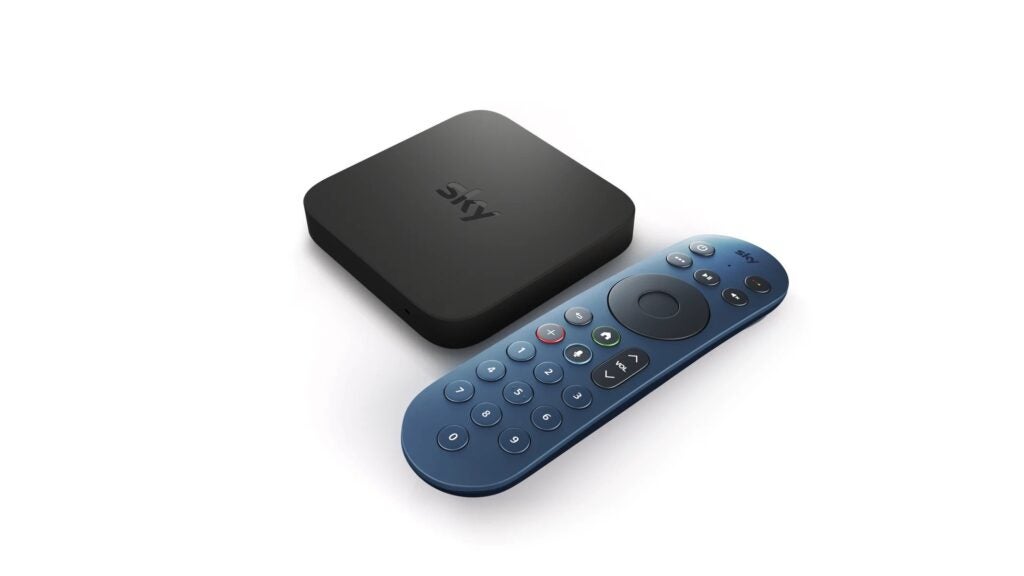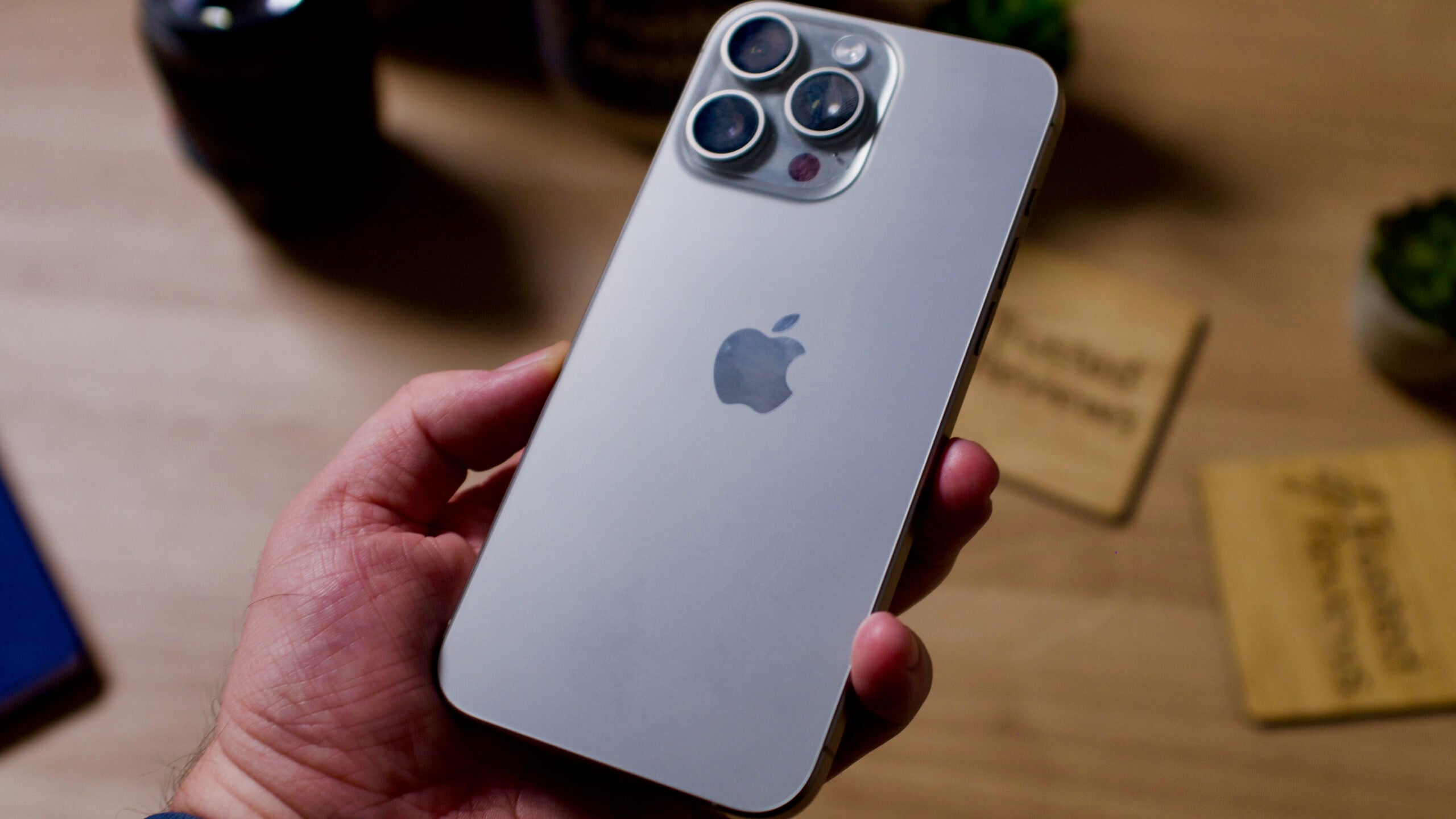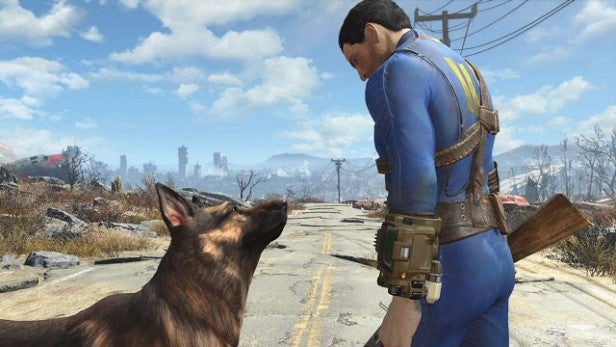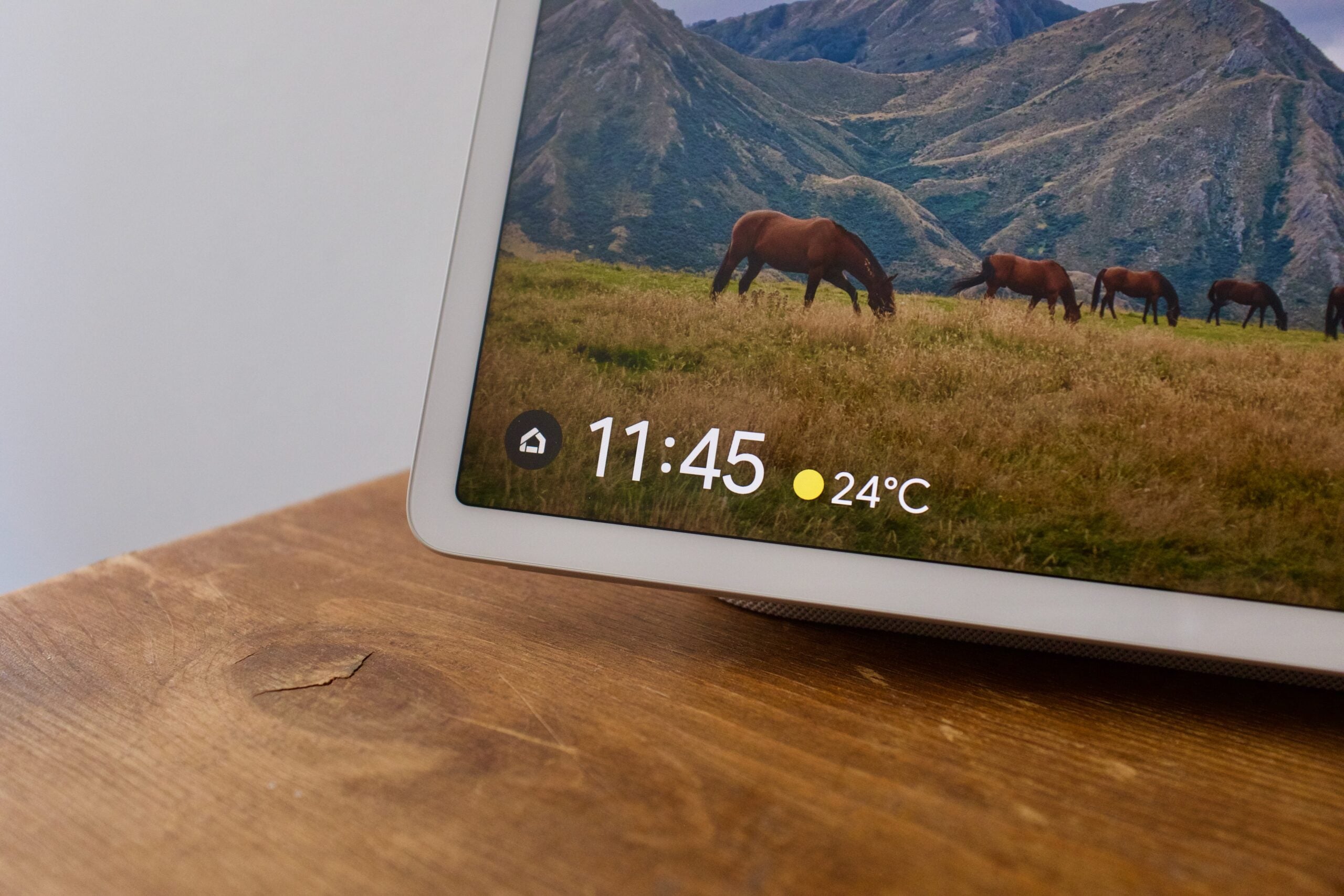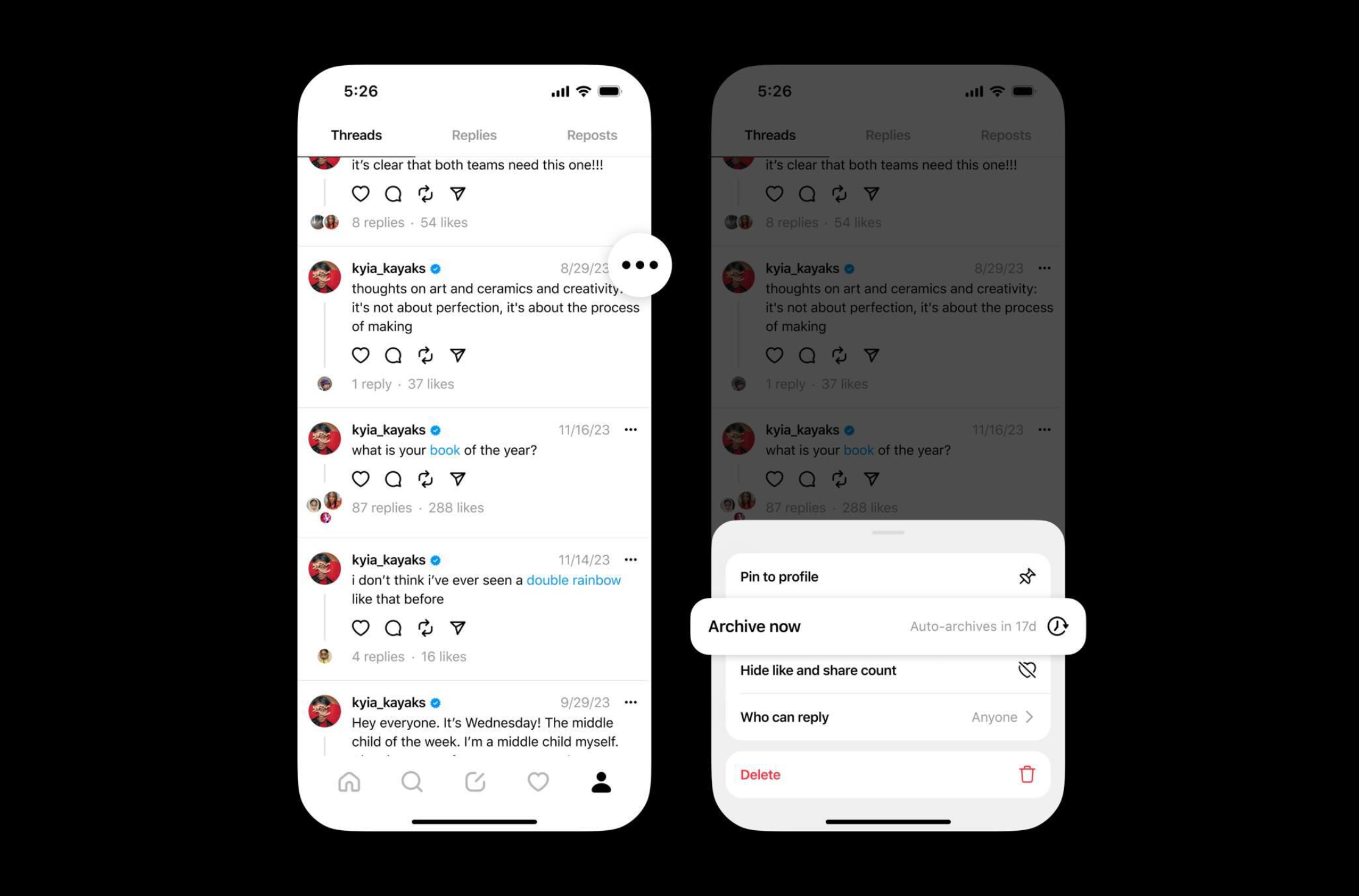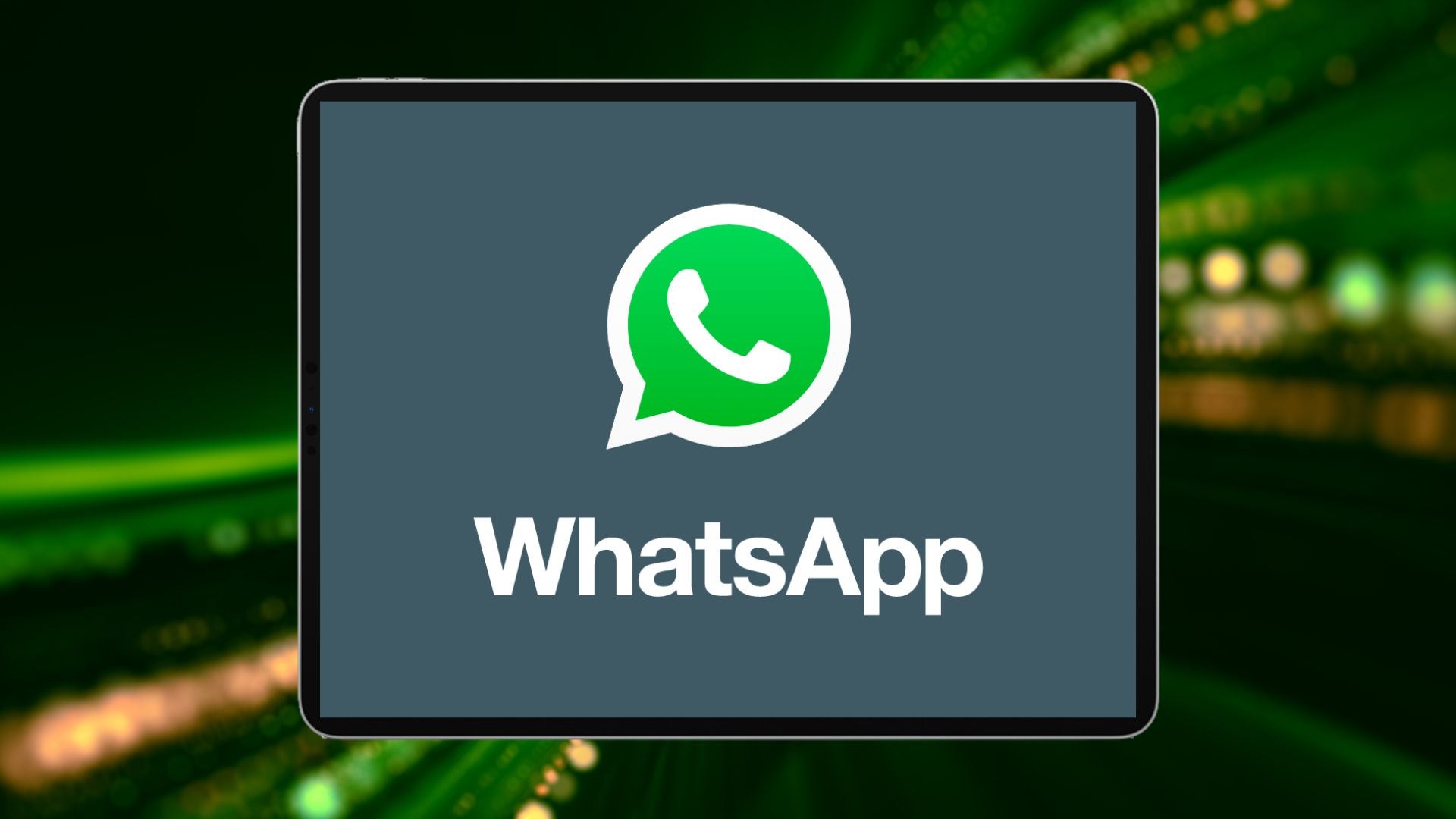How Sky built the world’s first carbon neutral TV
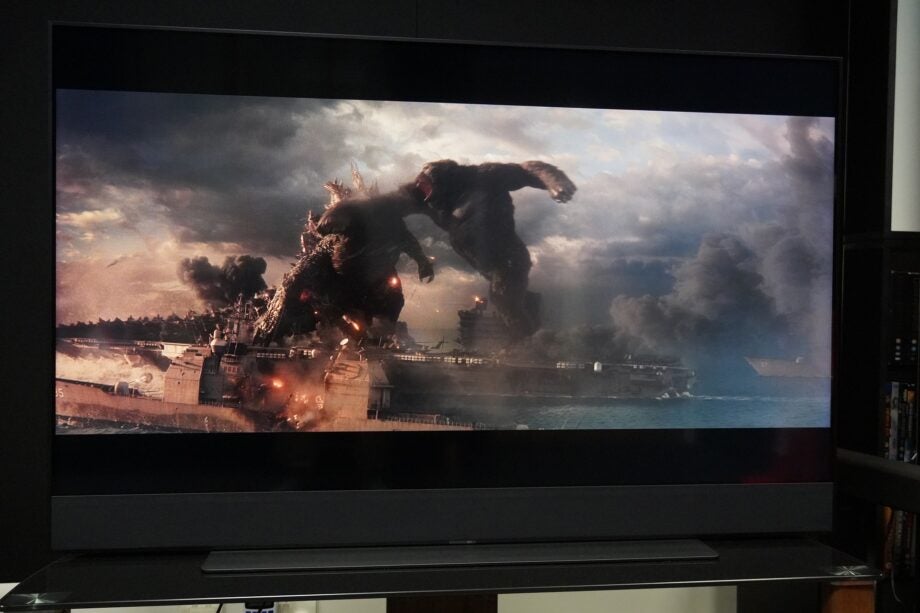
When Sky released their first TV in Sky Glass, it wasn’t just a all-in-one TV with its built-in Dolby Atmos sound system but, it could be argued, a realisation of its commitment to delivering sustainable products.
Sustainability has become the watchword this past few years. With the effects of global warming as noticeable in 2022 as they have been previously, companies have already begun the shift towards renewable and sustainable practices.
Sky have been moving towards a net zero carbon future for longer than you might think. As an organisation, the Sky Group (UK, Ireland, Germany and Italy) has been carbon neutral since 2006. Over the last three to four years the company has been looking to understand the impact and scope their emissions have had, which has had an affect on the products that end up in your home. With 11,000 suppliers and a commitment to reduce emissions in line with the UK’s pledge to be net zero carbon by the year 2050, that’s no easy feat.
We sat down and had a chat with Fiona Ball, Group Director of Bigger Picture (Responsible Business, Sustainability, and Social Impact) at Sky to talk how Sky Glass came to fruition, the Group’s wider net zero policies and how it continues to plough a path towards a more sustainable future.
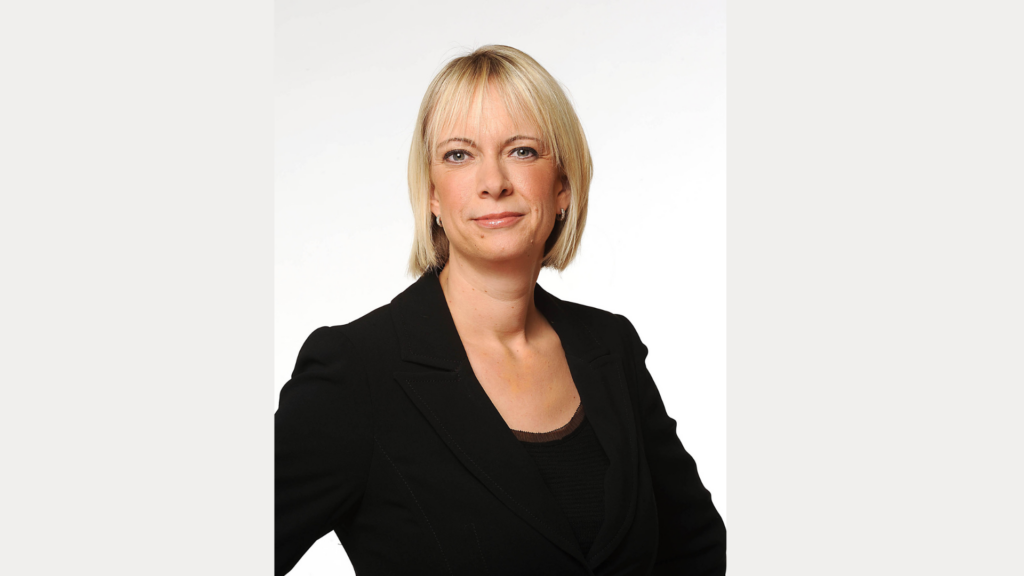
Q: With Sky Glass, did the concept of making a TV arrive first or was the idea rooted in sustainability and then designed in line with that?
A: So with Sky Glass, the idea came first in terms of the sort of new product area that Sky wanted to go into it, but then as soon as the idea is manifested or understood, then sustainability is inherently part of the design of the product.
We’ve got sustainability designers within our product teams right from the outset. We’re lucky that we designed the products ourselves, we identified the bill of materials, we identify the suppliers that we want to work with. So all the way through that process, we’ve got [that] control over it [with] energy efficiency, ambient lighting.
Our set top boxes, for example, have had eco standby and auto standby in place to switch them off and save energy from 2006, so that feature set was included within the TV; having an element where, after a certain amount of time, [the TV] switched itself off when it doesn’t detect that a customer is watching it or using it.
So there were lots of design elements right from the start that were embedded within the whole process… even down to the packaging. So, for example, the packaging is really innovative. It’s not only a completely recyclable packaging, but it’s free from single use plastic, which is a world first for a TV.
Back in 2020, we made a commitment to be single use plastic free as an organisation across our products and our supply chain and in our own business, which is a commitment we’ve met. So no products shipped by Sky have any kind of single use plastic in it. So the polystyrene cable ties, the plastic around the plugs and things which are quite substantial when you have [some]thing as as big as a TV or a set top box.
In terms of your supply chain, do you choose which suppliers you work alongside in terms of sustainability or are you encouraging them to be more sustainable?
A bit of both to be perfectly honest. Our product supply chain suppliers are partners that we’ve worked with a lot for a long time. So we’ve been working with them on sustainability for a number of years now, and invested in energy efficiency audits at the factories – they have solar [power] based in China on site [for] renewable energy in the factories, which does half of their energy requirements. So the majority of our product suppliers, their suppliers and the long term partners, we work with in terms of manufacturing and the efficiencies of manufacturing.
Is there any way that you can observe or measure the amount of energy that they use or is that something they need to inform you about?
No we can [observe]. There are ways that we do for all our product suppliers. There’s about 24-25 main product suppliers within that supply chain, and we do get first hand primary data on the energy use from them, and we also conduct a number of audits as well.
So we do responsible sourcing audits with our suppliers on a regular basis, where we’ll not only look at energy, but we’re looking at human rights, working environments, health and safety compliance, all sorts of different things. So we’ve got teams that are constantly there, on site, so we can get that data.
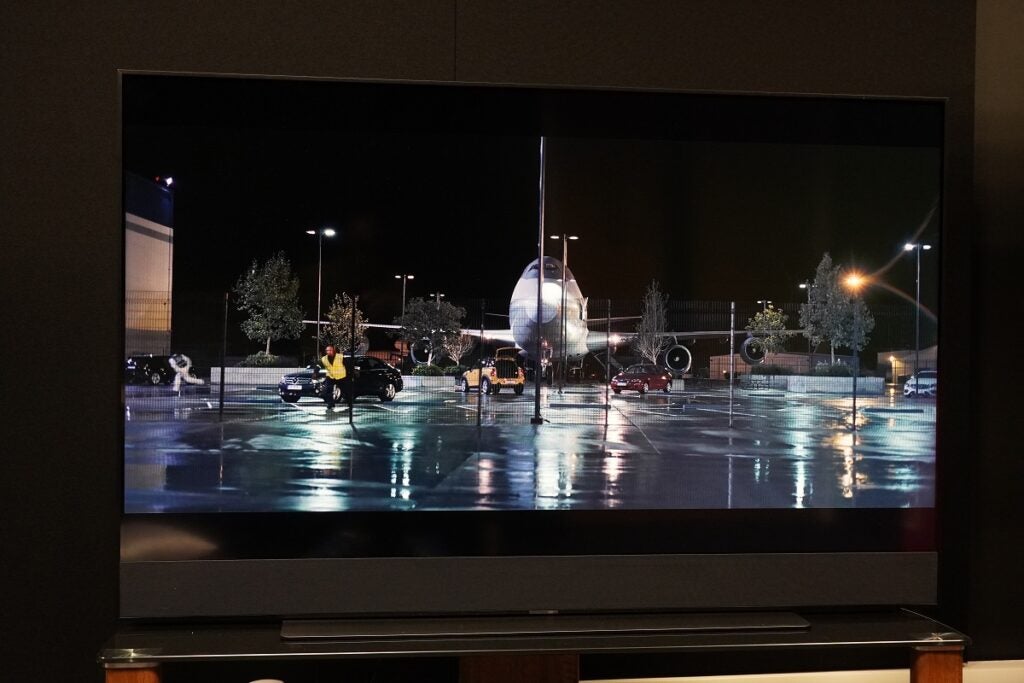
And in terms of carbon offsetting, there is the planting of the trees in Scotland. There’s been controversy about how long it can take to offset the carbon. Can you comment on that?
Of course. So in terms of the actual carbon neutrality of the product for Sky Glass, the planting of the trees in Scotland is an “addition”, it’s not part of the carbon neutrality claim, because you’re right if you plant a tree it can take 40 years in order to be big enough to absorb the carbon. So that piece of work we did in the Cairngorms [Scottish Highlands] is part of our net zero commitment to invest in nature.
So it’s not part of our carbon neutrality claim. When you make a carbon neutrality claim it has to be verified with something called the Voluntary Carbon Standard, VCS verification [now referred to as Verified Carbon Standard]. So you get a certificate for the amount of carbon you are offsetting so it’s very, very clear [how much is being offset].
So as part of the carbon neutrality claim, we’ve done that in two ways. We’ve bought energy certificates for the renewable energy. So for the carbon associated with the use of the product we bought certificates for that, and then for the remaining carbon, we’ve bought BCS projects, so carbon offsets that we have a certificate for that [too]. We’ve done that through a company called Climate Impact Partners who have a carbon neutral protocol.
So it’s very much verified and stamped that you’re producing it, but no, the planting the trees is an additional thing that we did. We’re very passionate about reforestation and restoration of nature, but it was not part of our carbon neutral play.
So in terms of delivering a Sky Glass TV to customers, is there a way you can do that that’s carbon efficient? Has there been some thought on how it can be more efficient in terms of transportation?
Ys, definitely. So for a number of our products, we’ve got our own engineers and delivery partners that we use. For our own engineers, we’ve got a commitment for all our engineering bands to move to electric vehicles in the next four or five years time. So by 2030, all of our our vans will be zero emissions fleet.
We have about 3000 vehicles currently. We’re currently piloting electric hybrid plug in vehicles [of which] we’ve got about 150 currently. But we’re definitely monitoring that and moving as fast as we can. We do measure the impact, we do measure all of the distribution to customer homes, and as part of our carbon neutral claim for our business, we do offset emissions that we haven’t reduced yet. So yes, it’s definitely within within that [carbon neutral claim].
There was mention of carbon credits as well. Could you go into more detail in terms of what that entails for Sky’s business?
Yes, the carbon credits is part of the purchase of offsets that is part of the voluntary carbon standard process. So we purchase our carbon credits through Climate Impact Partners, who [act as] a broker to help make the Glass product carbon neutral.
So we would buy the right amount of carbon credits to the carbon associated to the lifetime of the TD product, which is seven years.
In terms of just energy consumption, how much people could save if they bought Sky Glass compared to another TV or is that something you can’t quite measure?
So if a customer bought the Sky TV, then Sky Glass would save up to 50% of electricity compared to if a customer bought a TV, set top box and the soundbar [as individual components].
And what happens to the packaging for the TV? Does Sky keep the boxes or do you recycle them?
If the packaging isn’t damaged and it’s it’s able to be reused, we use it. We have a UK centre for any returns or maintenance that needs to be done [for] Glass. So they will go back to the logistics centre, then the first thing is we will use it. Secondly would be that we recycle the packaging completely, because every single element of the packaging can be recycled.
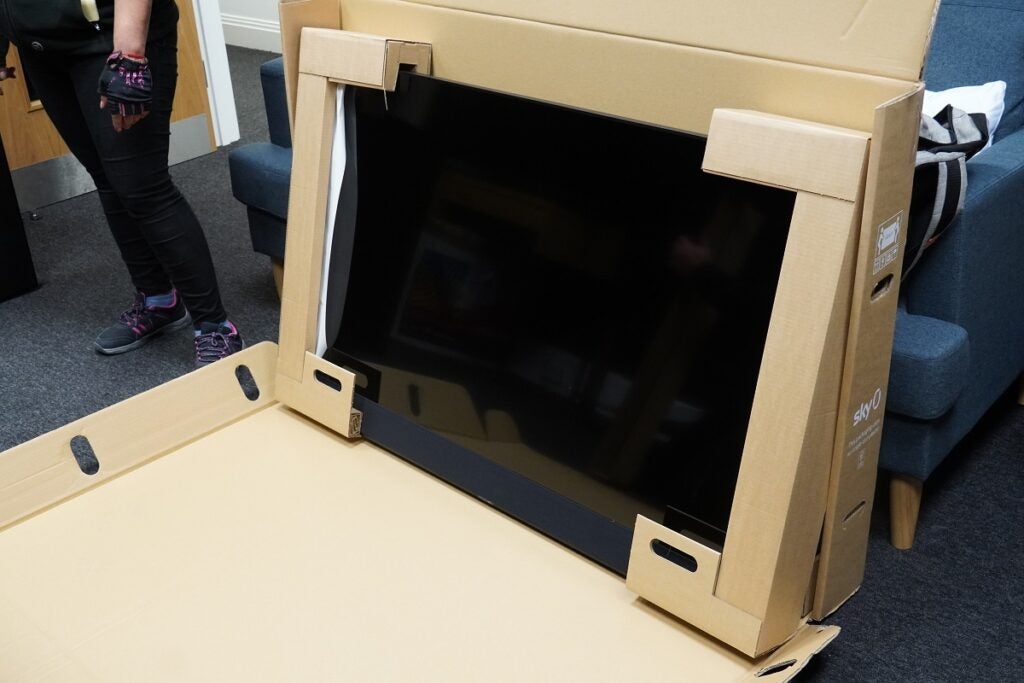
There are various sustainability standards about such as Cradle to Cradle. Are you sticking to your own standards, or do you also look at other standards and try to meet them as well?
Yes, so, we don’t use our own standards. It’s all international standards for absolutely everything when it comes to sustainability.
We do a lifecycle assessment which is ISO (International Organization for Standardisation) standard verified. So that looks at product design, components, packaging, manufacturer, distribution, customers and reuse and recycling. That is done for us by an independent third party, which is Giraffe Innovation, because obviously we can’t measure and mark our own piece of work.
So all of our lifecycle assessments are done by an independent [organisation]. That then has an external review, so when Giraffe do an assessment of our products in terms of sustainability that’s independently reviewed. When we then wanted to make that carbon neutral, we then went to another organisation that follows an international protocol, which is the Carbon Neutral Protocol – we did that through Climate Impact Partners.
So in terms of our overall commitment for net zero carbon as an organisation, and looking at the whole of our value chain, we follow the Science Based Target Initiative that verifies and looks at the overall footprint of an organisation and what targets you are setting ourselves to stay below 1.5 degrees warming. So our 50% reduction commitments be net zero carbon by 2030 is externally verified by a company called Science Based Target Initiative.
In terms of just [whole] organisation, are Sky Italy and Germany following the same sustainability agreements?
Yes, we run this from a group perspective. So that includes all of our operations in Germany, Ireland, etc
And would that be the same for [parent company] Comcast or does Comcast do its own thing in the US?
So Comcast are also setting their environmental targets. They’ve gone out with a public target to be carbon neutral by 2035. So they are looking at what their science based target would be across all of their value chain, so yes, they are moving definitely in that direction.
In regards to upcoming products like the Sky Stream puck, because it’s such a small device, in what ways could you be sustainable about the transportation and delivery of smaller items?
So like all products we bring to market, we do this lifecycle assessment and that’s a way that we can identify where there’s opportunities to further improve the sustainability. The fact that the Sky puck is so small is part of the overall sustainability design.
We’re constantly looking at how can we deliver the same great content and level of service to our customers in a smaller design that uses less materials, that requires less space when shipped to be freighted, so the fact that it is small shows that we’re doing well in terms of sustainable design.
But it will also also meet all of our requirements around sustainable packaging. So it will be single use plastic free packaging, it will come [packaged] in recycled and reusable cardboard. The fact that it’s small and doesn’t have a big impact just shows that the sustainability design is working well.
